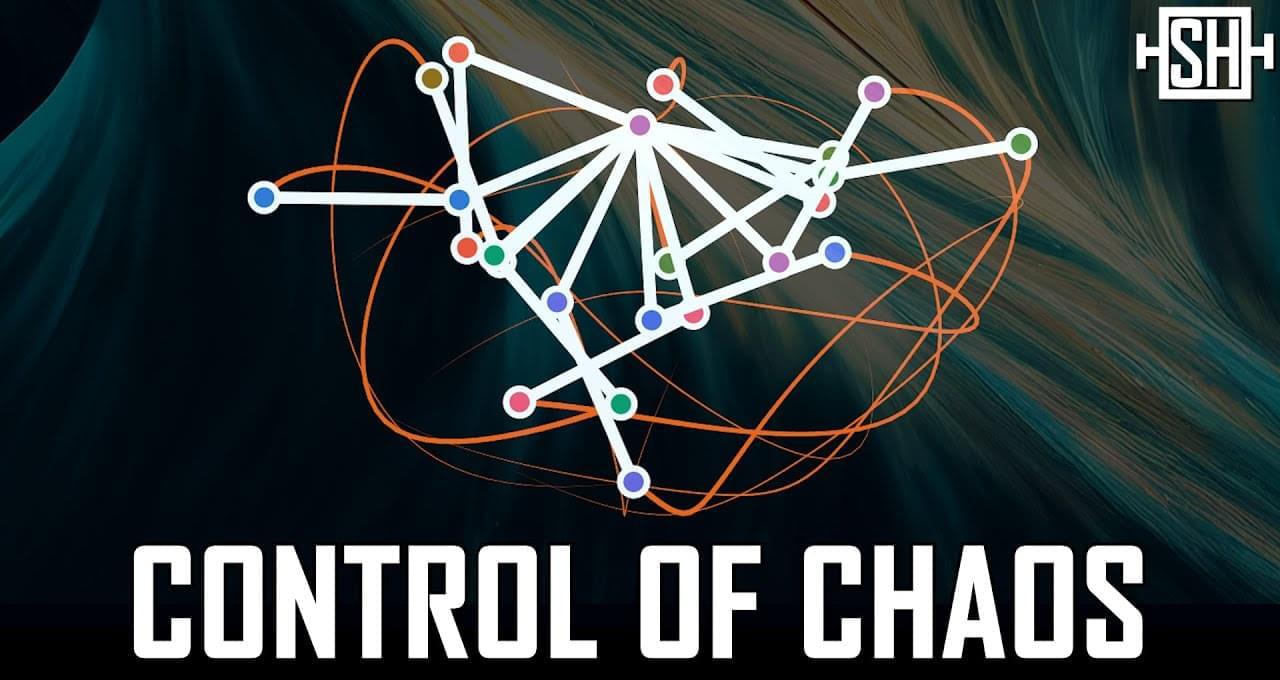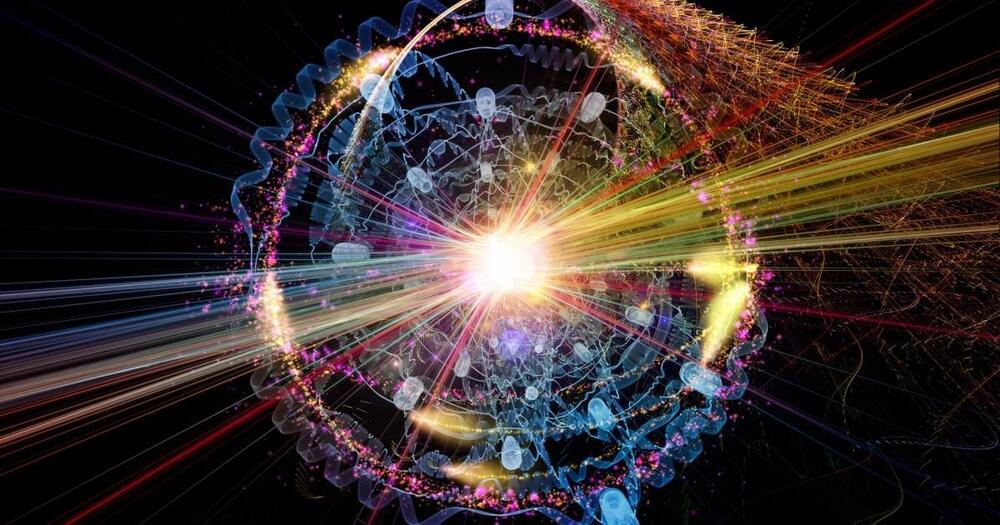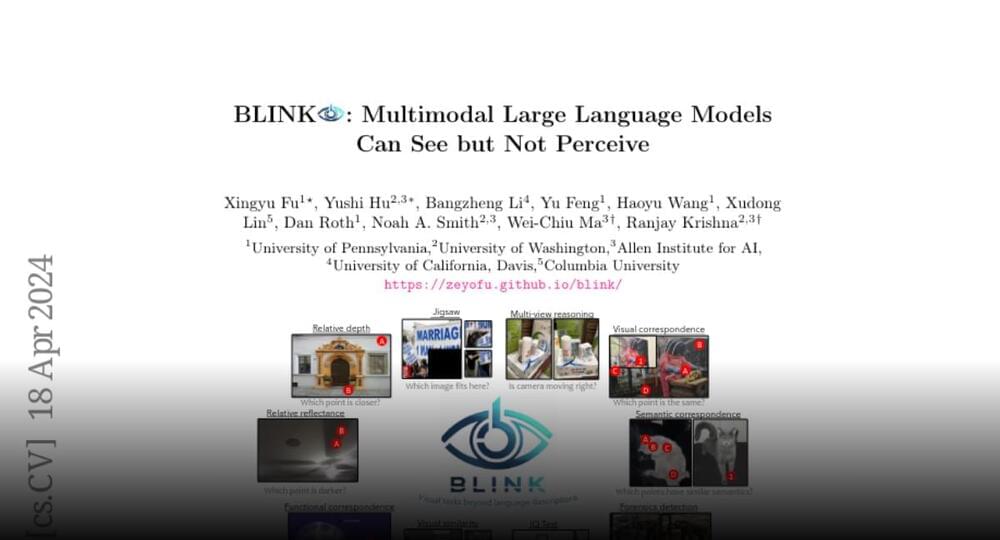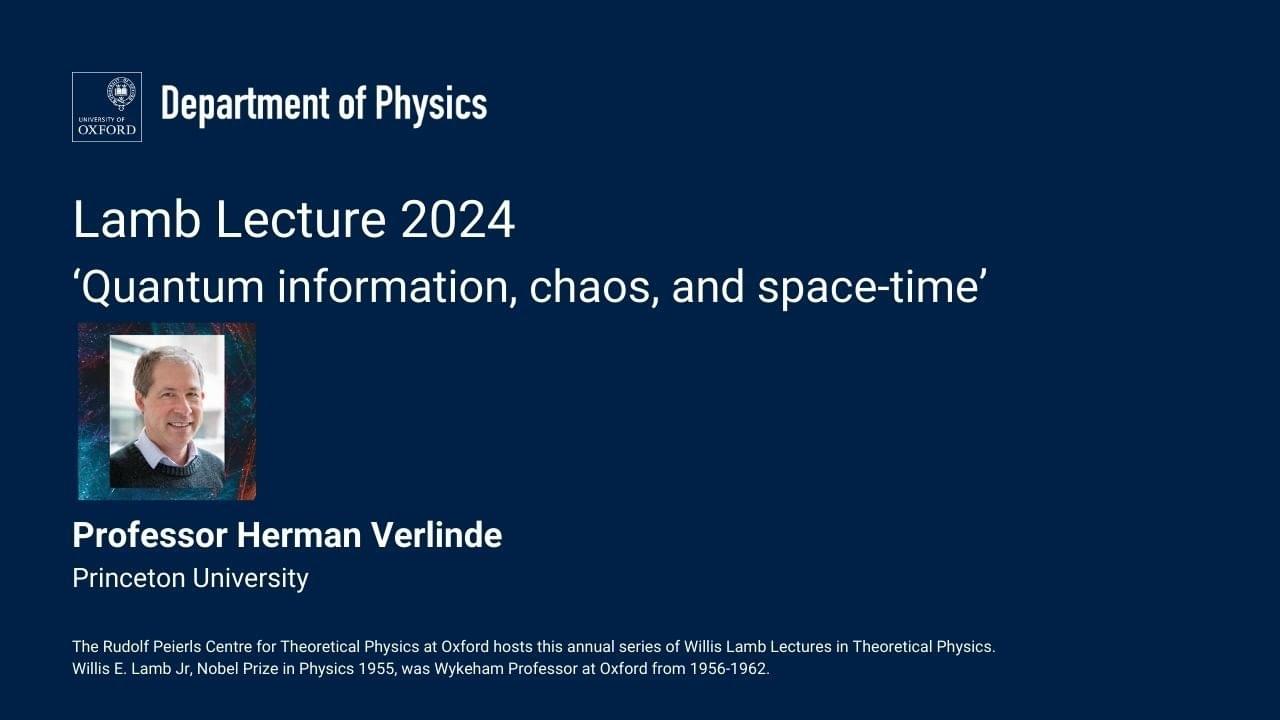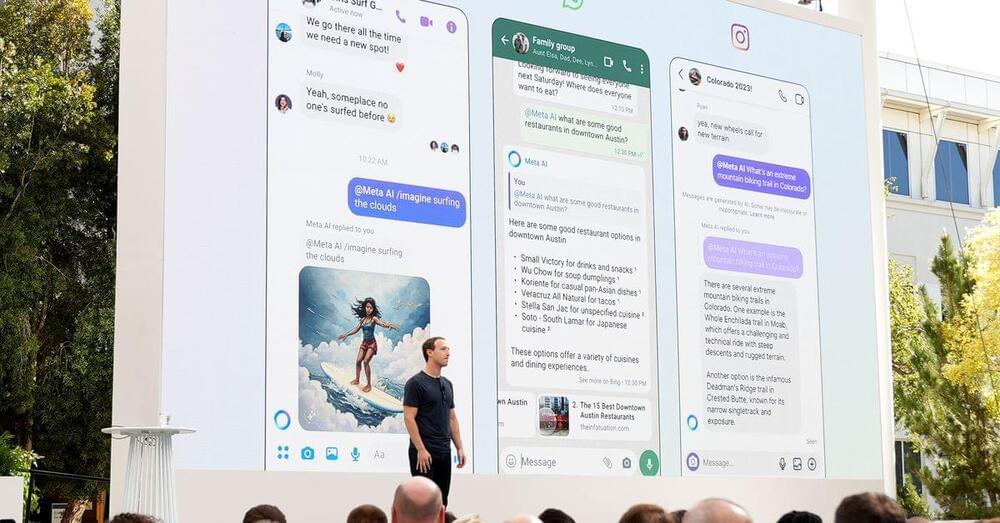Check out the math & physics courses that I mentioned (many of which are free!) and support this channel by going to https://brilliant.org/Sabine/ where you can create your Brilliant account. The first 200 will get 20% off the annual premium subscription. You have probably heard people saying that the problem with quantum mechanics is that it’s non-local or that it’s impossible to understand or that it defies common sense. But the problem is much simpler, it’s that quantum mechanics is a linear theory and therefore doesn’t correctly reproduce chaos. Physicists have known this for a long time but it’s rarely discussed. In this video I explain what the problem is, what physicists have done to try and solve it, and why that solution doesn’t work. Subscribe to my weekly science newsletter: https://sabinehossenfelder.com/ You find the estimate for Saturn’s moon Hyperion in Zurek’s review https://arxiv.org/abs/quant-ph/0105127 A much easier to digest and more readable review by Michael Berry is here: https://michaelberryphysics.files.wor… you can find a brief summary on Sean Carroll’s blog https://www.preposterousuniverse.com/… 0:00 Intro 0:27 The trouble with Hyperion 4:04 The alleged solution 6:02 The trouble with the solution 7:46 What a real solution requires 10:31 Sponsor message.

